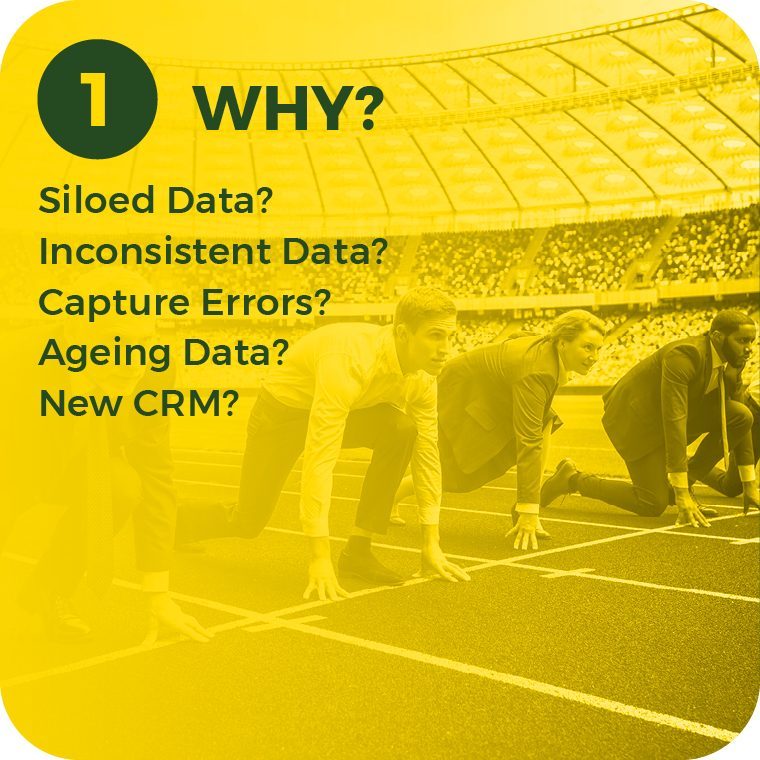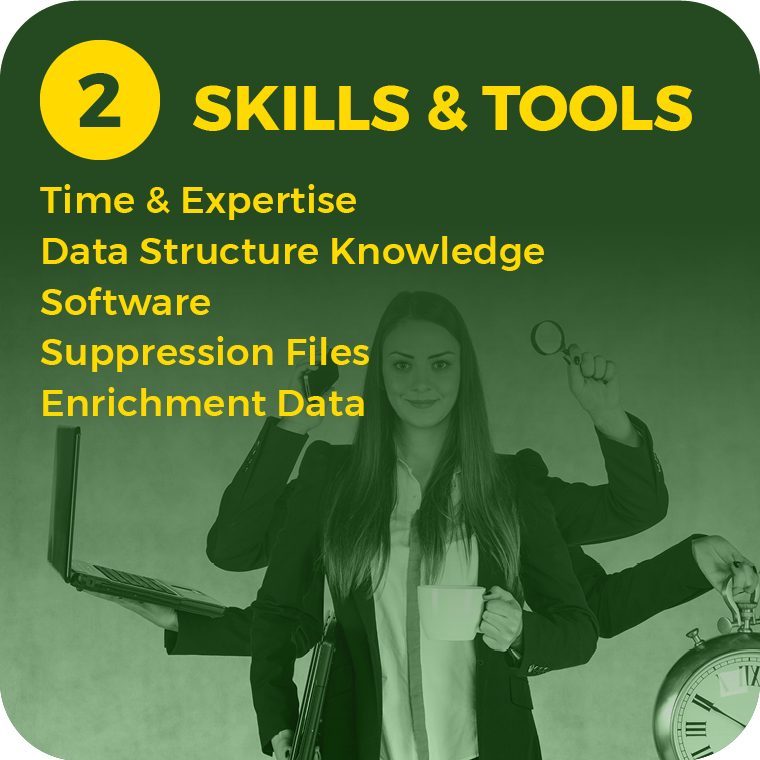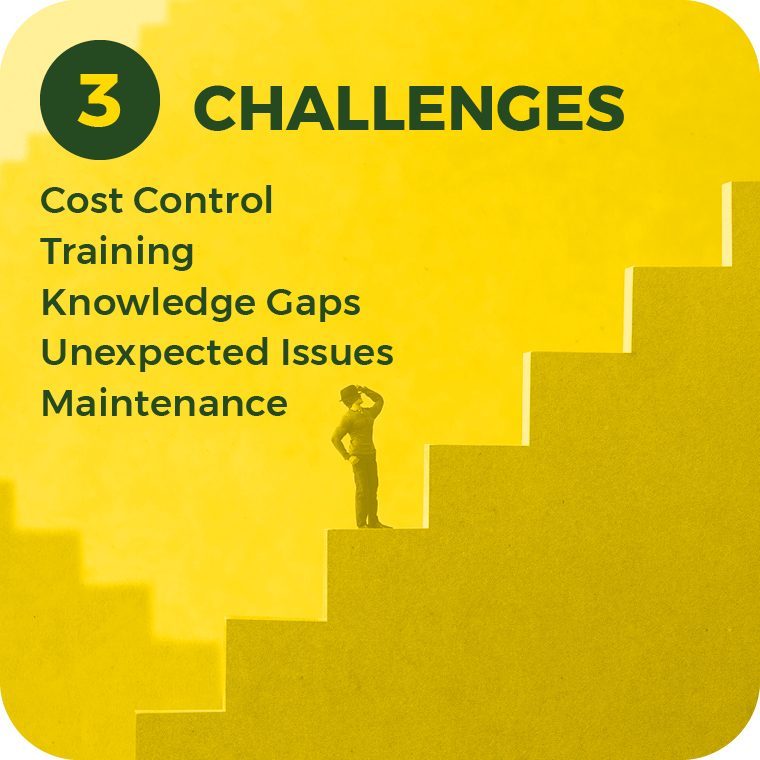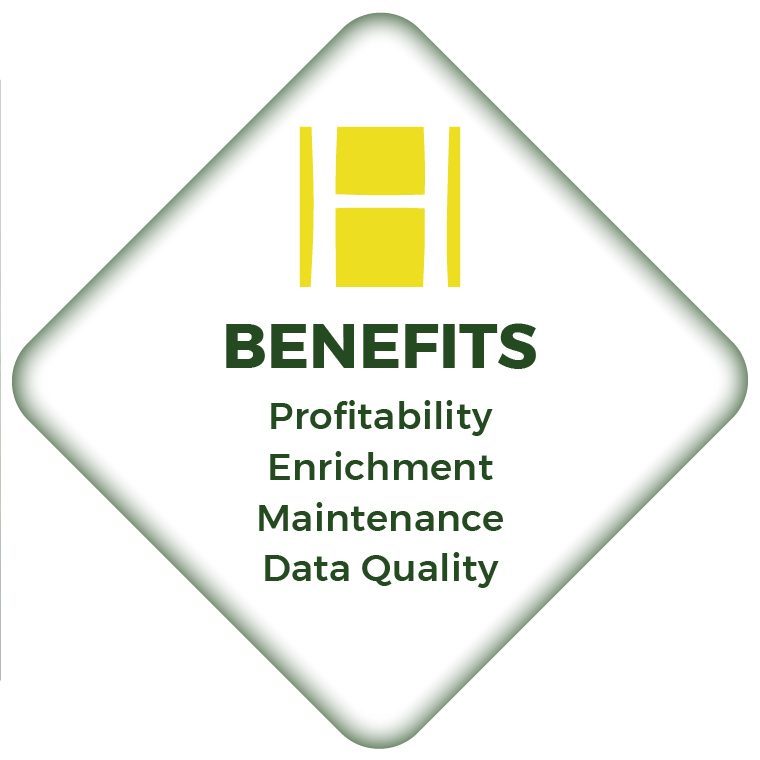Planning to get your beach body ready? Have you got the pizzas and cakes in? New batteries in the TV remote? A fridge full of beer?
Planning any successful transformation means making the right preparations.
Setting your goals, getting the right equipment, setting aside the time, understanding the challenges ahead, focusing on the benefits and, if you are going to do it properly, making sure you have good advice to hand.
So here are our 4 quick tips for a successful Data Transformation project…

MAKE SURE YOU KNOW WHY YOU’RE DOING IT.
It sounds obvious, but the most important question to answer when you start a Data Transformation project, is ‘WHY?’
You should have a set of clear and measurable business objectives. This will be your reference point at each stage of the project. You should constantly make sure that your primary objective is being met and you are not distracted along the way.
There are many reasons for transforming your data. For example, you may have many customer touchpoints, which is leading to siloed data across your organisation, with disparate data sources leading to inconsistent data. You may also be suffering from accuracy issues because of capture errors. Maybe your data is old and needs verifying and reorganising. Perhaps you are suffering from formatting issues, or your data is missing key elements.
All these issues will reduce your ability to use your data effectively and lead to data analysis errors and miscalculations.
You may be moving to a new CRM system or be looking to consolidate your data into one Single Source of Truth. Or you are rebuilding your database using a cloud solution.
Whatever the reason, make sure that at every stage, you are referring to your primary objectives.
 KNOW WHAT YOU NEED (BEFORE YOU START)
KNOW WHAT YOU NEED (BEFORE YOU START)
Ensuring you have the right skills and tools in place is only possible when you know what you want to achieve. Data Transformation can be complex, but you can simplify it by making sure you have the most appropriate resources available.
You will need a good understanding of the data structures you are working with and the potential formats. A good understanding of the data and common pitfalls can save you time and money in the long term.
For example, addresses can be in a fixed format or a free format and can be anything between three and nine lines. Some fields need to be held as text, others as numbers. Phone numbers are a good example of this. They should be held as text in Excel because when they are stored as a number, the leading zero is lost.
You will also need access to cleansing software and the skills to use it effectively. This means knowing which data to process, the most cost-effective processing method and bringing in the right third party data at the right stage. You should also have the ability to tweak matching rules to get the right results for your organisational objectives. It may also mean creating or using data scripts and managing outputs correctly.
An integral part of this process is ensuring you have access to the right suppression files and applying them in the most efficient (and cost-effective) way. The various deceased registers and goneaway lists are among the most essential reference sources and can save your organisation time, money and even its reputation.

BE PREPARED FOR THE INEVITABLE CHALLENGES
You have set clear and measurable objectives and have all the tools and skills to hand; what can possibly go wrong? In our experience, there will be a few unforeseen challenges you will face throughout the project, and you need to have contingency plans in place.
If you decide to carry out the project ‘in-house’, you may find that the time and specialist resource becomes expensive. You will need to invest in software and information and provide training for personnel. Failure to do this effectively will slow down the whole project and add unnecessary cost.
Possibly one of the largest challenges you will face is consolidating your existing data. The full extent of existing data problems often only comes to light as the project gets underway. If you have more than one data source (and most organisations do), then you will have to deal with different data formats and structures. There may be a large and complex deduplication task required (see our report on deduplication for more information).
At Hopewiser, our team has specialist tools that can assist with the process, merging disparate data sources, deduplicating records and creating a Single Source of Truth (SSOT).
Once you have your SSOT, you will be faced with the issue of data maintenance. You will require a data maintenance plan in place from the outset, so that you have a clear strategy for dealing with data as it decays and ages.
Consider all challenges carefully. Some issues that arise can initially appear difficult and costly to resolve, but by analysing these thoroughly, you can save yourself a lot of time and money.
For example, if you have many address records which do not match at town level (the misspelling of Bury as Berry is just one of many errors we see repeatedly), you can consolidate the none matching information and perform a bulk change. This would create matches that can then be processed further. It is a simple task that takes 20 minutes, but often companies see this as a major problem and waste time trying to sort individual records. An experienced data cleansing company will know these common pitfalls and resolve them easily.
An unusual issue arose when we worked with a large city council who were creating a Single Source of Truth. Part of this job was matching the electoral roll records. We discovered an unexpectedly high mismatch rate. When we examined the data, we found a high number of records contained the text smiley/sad faces… 🙂 and 🙁
This was traced back to a temporary worker who had worked over the summer cleaning the Electoral Roll data and had decided to add the new ‘information’ depending on whether she liked or disliked certain aspects of the address! Once we had seen the pattern, we removed the excess characters quickly and easily, and achieved the match rates we would expect.
Without knowing what the expected match rate should be, this issue would have been unnoticed, and many matches could have been missed. This is just another reason to make sure you have some experienced heads in the project team.
 TAKE ADVICE
TAKE ADVICE
Taking the advice of an experienced data management company like Hopewiser can make the process much easier.
It does not mean that you should not tackle the project yourself. Our clients use us in a variety of ways. We can simply provide advice and help with some of the more specialist aspects of the project, or we can provide software or cloud solutions. Alternatively, we can handle the whole project for you.
You may be surprised at how cost effective it can be using Hopewiser. We have more experience at handling address data than anyone else in the market. We have learned a lot along the way, and you can benefit from that experience.
We can help with…
- Data Quality Assessments Data Quality Assessment – Hopewiser
- Professional Services Professional Services – Hopewiser
- Data Enrichment Data Enrichment – Hopewiser
- Data Maintenance… with daily updates, auto renewals and instant reports
- Plugging skills gaps with our highly trained team
- Fast, Accurate software… with outstanding support Full-Service Address Management Solutions from Hopewiser
- Cloud Solutions Cloud Services for Address Lookup and Address Cleanse – Hopewiser
- Bureau services Full-Service Address Management Solutions from Hopewiser
- A host of APIs and integrations Address Lookup Integrations for Ecommerce & CRM | Hopewiser
 FINALLY…
FINALLY…
A successful Data Transformation project will mean you benefit from clean, accurate data that can be manipulated more easily.
Records will be enriched with additional data. Customer profiling will be more effective, making it easier to identify potential new business opportunities.
You will increase your fraud detection capabilities and ensure that your data is secure and compliant.
But one of the biggest benefits will be confidence in your data. You can be sure that your data is fit for purpose and ready to serve the needs of your business.
These four tips will help you consider some of the most important aspects of a successful Data Transformation project. If you need more help, just contact us today and we will give you timely, practical, and experienced advice.

, updated 12th November 2024.
Topic: Data






